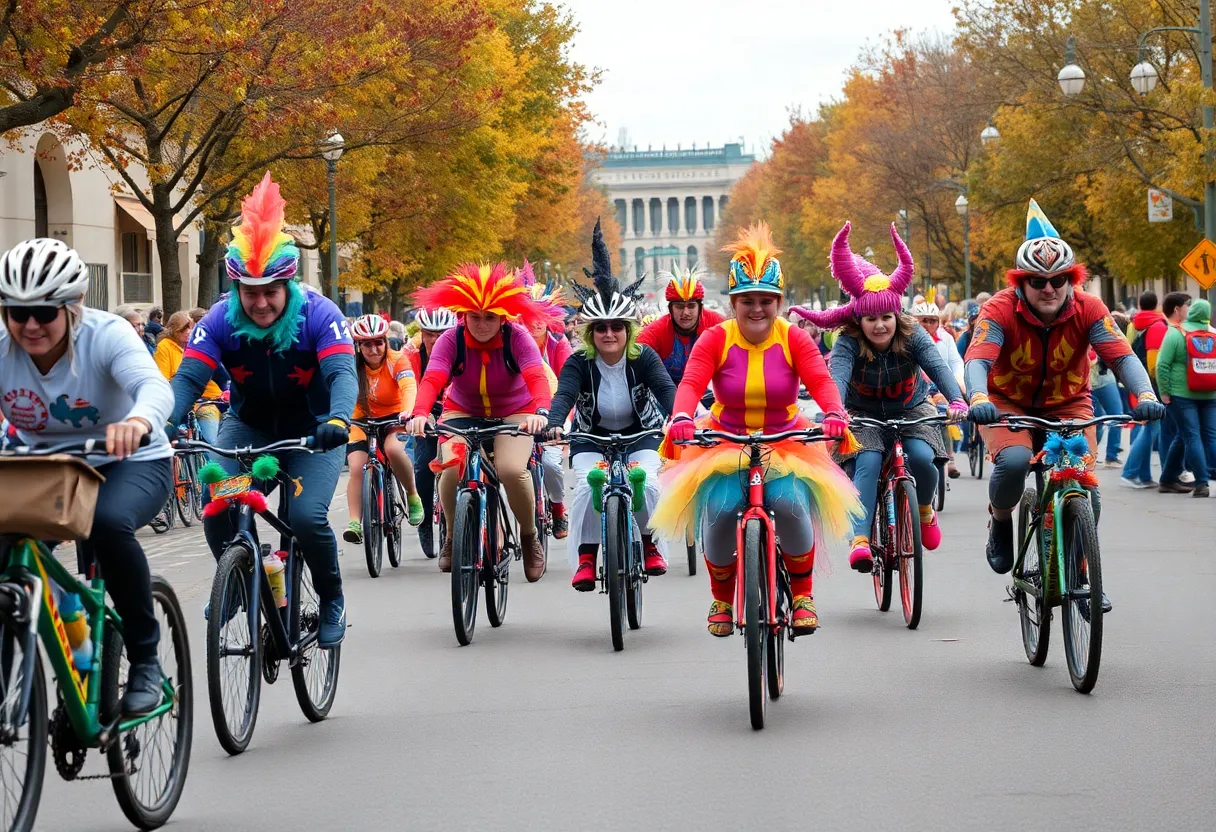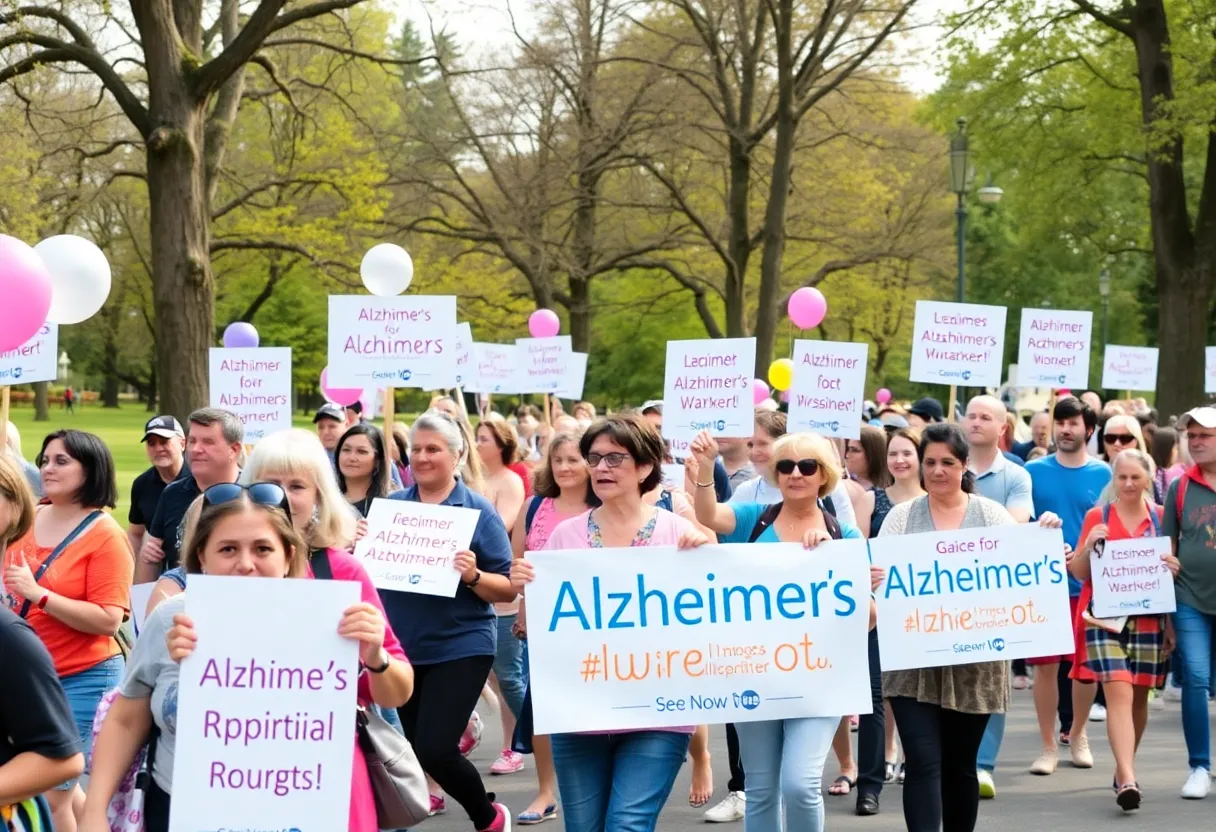Albuquerque, NM, October 8, 2025
The Albuquerque City Council has unanimously approved a measure to expand crosswalk yield laws throughout the city, ensuring drivers must stop for pedestrians in marked crosswalks. This policy, which comes in response to recent pedestrian accidents, mandates a $150 fine for violations and aims to enhance safety. Following a successful pilot program that saw a 20% reduction in pedestrian injuries, the council emphasizes education and increased enforcement as critical components of the new law’s implementation.
Albuquerque City Council Expands Crosswalk Yield Laws Citywide
Albuquerque, NM – In a unanimous decision, the Albuquerque City Council has approved a measure to expand crosswalk yield laws across the entire city, mandating that drivers stop for pedestrians at all marked crosswalks. This change aims to enhance pedestrian safety following several high-profile accidents in recent months. Violations will now carry a $150 fine, with the policy set to take effect immediately to address ongoing concerns about traffic incidents involving pedestrians.
The expansion builds on a successful pilot program that tested the yield requirements in select areas of the city. Data from the pilot indicated a promising 20% reduction in pedestrian injuries within those zones, providing the council with evidence to support broadening the rule citywide. Safety advocates have welcomed the move, noting that it responds directly to community calls for stronger protections amid rising vehicle-pedestrian collisions.
Details of the New Policy
Under the updated ordinance, drivers throughout Albuquerque must come to a complete stop when a pedestrian is present in or entering a marked crosswalk. This applies to all intersections equipped with crosswalk markings, regardless of traffic signals. The policy does not alter existing right-of-way rules for unmarked crosswalks but significantly strengthens enforcement in designated areas.
The $150 fine for non-compliance represents a standardized penalty designed to deter violations without escalating to more severe measures initially. Enforcement will involve increased patrols by local law enforcement in high-traffic zones, particularly near schools, parks, and busy commercial districts where pedestrian activity is highest. The council emphasized that education campaigns will accompany the rollout, including signage updates and public awareness drives to help drivers adjust to the expanded requirements.
Background and Inspiration
The decision stems from a series of recent accidents that highlighted vulnerabilities in the city’s previous crosswalk policies. In the past year, Albuquerque has seen a notable uptick in pedestrian injuries, with several incidents occurring at crosswalks where drivers failed to yield. These events prompted council members to review traffic safety data and consult with urban planning experts.
Prior to this expansion, yield laws were limited to specific corridors as part of a trial initiative. The pilot, launched about two years ago, focused on areas with historically high collision rates. Results showed not only the projected 20% drop in injuries but also improved driver compliance over time, as familiarity with the rules grew. This success, combined with input from pedestrian safety groups, led to the push for a full citywide implementation.
City officials project that the broader application could prevent dozens of injuries annually, based on extrapolations from the pilot data. The measure aligns with national trends toward prioritizing pedestrian safety in urban environments, where vehicle speeds and densities pose ongoing risks. Albuquerque’s streets, characterized by wide boulevards and heavy commuter traffic, stand to benefit significantly from these proactive steps.
Implementation and Community Impact
With the vote passing unanimously, the city plans a phased rollout to minimize disruption. Initial efforts will target education, with workshops for drivers and visibility improvements at crosswalks, such as brighter markings and additional signage. Law enforcement agencies have committed resources to monitor compliance, focusing on education before issuing fines during a grace period of the first few months.
Pedestrian advocacy organizations have expressed optimism about the policy’s potential to foster a safer walking environment. They point to the pilot’s outcomes as proof that consistent enforcement and clear rules can shift driver behavior effectively. Meanwhile, some drivers have voiced concerns about potential traffic slowdowns, but council discussions highlighted that safety gains outweigh minor inconveniences.
The expansion reflects Albuquerque’s commitment to modernizing its traffic regulations in response to real-world needs. By extending protections to every marked crosswalk, the city aims to create a more equitable and secure mobility landscape for residents of all ages. Ongoing evaluations will track the policy’s effectiveness, with adjustments possible based on emerging data from across the city.
Broader Context of Pedestrian Safety in Albuquerque
Albuquerque’s urban layout, with its mix of arterial roads and neighborhood streets, has long presented challenges for pedestrian safety. Recent years have seen increased foot traffic due to population growth and efforts to promote walkable communities. The council’s action addresses these dynamics head-on, integrating lessons from the pilot into a comprehensive strategy.
Statistics from local traffic reports underscore the urgency: pedestrian incidents have risen by approximately 15% over the last five years, correlating with higher vehicle volumes. The new yield laws represent a targeted intervention, complementing other initiatives like speed limit reductions in school zones and bike lane expansions. Together, these efforts signal a holistic approach to reducing harm on Albuquerque’s roads.
As the policy rolls out, residents can expect updates on compliance rates and injury statistics, providing transparency into its impact. This unanimous council approval marks a pivotal step toward a safer, more pedestrian-friendly Albuquerque, with the potential to set a model for other cities grappling with similar issues.
Frequently Asked Questions (FAQ)
What does the new crosswalk yield law require?
The new law requires drivers to stop for pedestrians at all marked crosswalks citywide.
What is the penalty for violating the yield law?
Violations carry a $150 fine.
What inspired the expansion of the crosswalk yield laws?
The measure was inspired by recent accidents.
What results from the pilot program support this expansion?
The pilot program data shows an expected 20% drop in pedestrian injuries.
When does the expanded policy take effect?
The policy takes effect immediately.
Key Features Overview
| Feature | Description |
|---|---|
| Scope | Citywide application to all marked crosswalks |
| Requirement | Drivers must stop for pedestrians entering or in crosswalks |
| Fine | $150 for violations |
| Expected Impact | 20% drop in pedestrian injuries based on pilot data |
| Effective Date | Immediately |
| Inspiration | Recent accidents prompting safety enhancements |
This chart summarizes the core elements of the policy for quick reference.
Deeper Dive: News & Info About This Topic
HERE Resources
Fatal Hit-and-Run Investigated on Central Avenue in Albuquerque
Albuquerque Pedestrian Severely Injured in Hit-and-Run Crash




